Published 15th Jul. 2022
Reading time
‘Marsh is not swamp. Marsh is a space of light, where grass grows in water, and water flows into the sky.’ At least that’s how Delia Owens, author of the Sunday Times bestseller ‘Where the Crawdads Sing’, defines them. With a multifaceted role as protectorate, teacher and carer of Owens’ protagonist Kya, it is clear that the North Carolina marshes depicted in the book are much more than the uninhabited and underestimated spaces many believe them to be. In fact, the book’s upcoming film adaptation (released late July 2022) has had us thinking about other wetlands around the world. We’re never one to leave anyone out, so we’ve decided to take this opportunity to spread the word on why these waterlogged wonderlands deserve to take centre stage on your next holiday itinerary. Whether it be Louisiana’s sleepy bayous, the spongy plains of the Okavango Delta or the sprawling Pantanal in South America, you never know what secrets you may uncover…
South America
Despite being the world’s largest tropical wetland, the Pantanal remains South America’s best-kept secret. But unlike its A-lister Amazon sibling, who prefers to obscure its epic ecosystem in thick dense jungle, the Pantanal lay theirs out like a red (or green) carpet. With sweeping savannahs, wild swamps and sluggish rivers awash with caracaras, capybaras and caimans worthy of a David Attenborough documentary, this wild kingdom delights in knocking its visitors’ socks off. Visit Mato Grosso do Sul – in the far western tip of Brazil – for a dose of cowboy (peãos) culture, or head to Mato Grosso, in the central west of the country, and let your inner child run free. Set your sights on jaguars enjoying sundowners at overflowing basins, follow brockets through tangled thicket and listen for the harmonised symphony of buzzing insects and cawing birds in one of the most fascinating wetlands around the world.
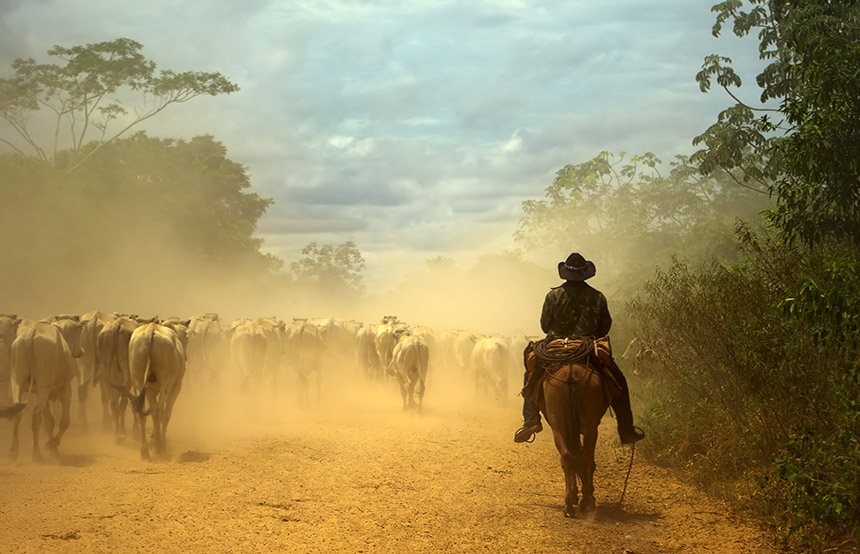
Louisiana, USA
For fans of Where the Crawdads Sing, spoiler alert – Barkley Cove doesn’t exist. Despite being set on the North Carolina coast, near to the state’s Great Dismal Swamp (which is anything but dismal), it was nearby New Orleans and its Northshore area on the banks of Lake Pontchartrain that starred as Kya’s on-screen home. And it’s not difficult to see why. Renowned for its 9,000 square miles of brackish and cypress marshland, the Bayou State is truly unlike any other. From the haunting sight of bald cypress trees blanketed in Spanish moss to the sleepy sun-dappled swamps that lie still beneath them, you’d be forgiven for thinking you have been accidentally copy and pasted into Owens’ watery world. Zigzag across sweeping boardwalks, come face to face with alligators on paddle cruises and get a taste of Cajun culture, which excels in gumbo and good times.
Vietnam
The mighty Mekong Delta may begin in China’s Yunnan province (before tumbling through Thailand and Cambodia) but it is Vietnam where it chooses to lay its ‘rice bowl’ roots. Threading through the southern tip of the country before splitting and spilling out into the South China Sea, the Mekong Delta isn’t just Vietnam’s resident wetland, it’s a living breathing habitat that houses human and animal residents alike. With floating markets and picturesque pocket-sized provinces that far from the tour-bus bustle, it is here where iconic images of cone-hatted farmers, shimmering paddy fields and waterlogged honey-hued horizons come to life. Hop on a boat down one of its narrow mangrove-fringed tributaries and discover time-forgotten Viet Cong bunkers and a wealth of bird life and fish – including the last remaining populations of the Irrawaddy dolphin and freshwater stingray that weigh up to 1300 lb. Told you it was mighty.
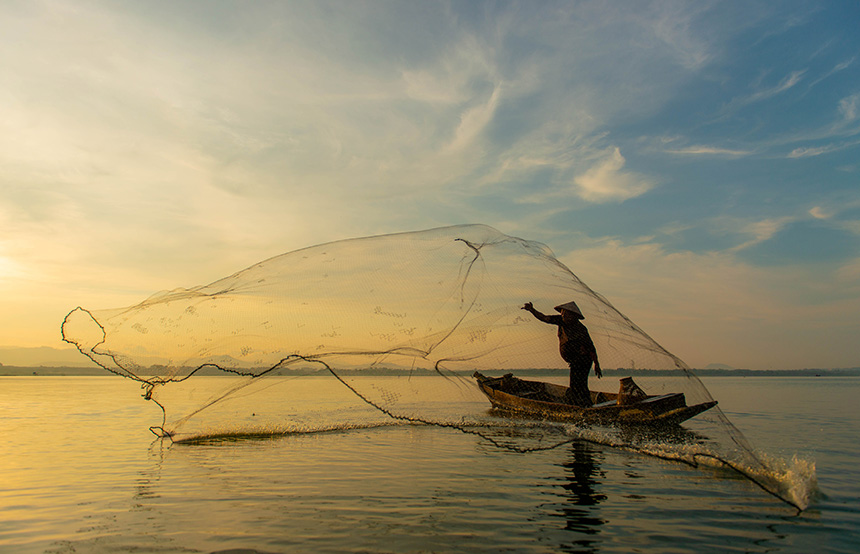
Botswana
Spilling across 2,316 square miles into the heart of the Kalahari Basin, the Okavango Delta is the closest thing to Eden left on the planet. UNESCO knows it and so do we. Trickling down from the Angolan highlands to form an emerald-hued mosaic of channels, lagoons, pools and plains, Botswana's landlocked delta is a sanctuary to some of the world’s most endangered birds and animals. Visit during the waterlogged months of April and May and you can set off on memorable mokoro (a traditional African dugout canoe) safaris round the Panhandle’s epic waterways. Or, if its sightings of honking hippos, thirsty lions and the endemic African wild dog you’re after, plan a trip to the Moremi Game Reserve during September and October’s dry season - a sure-fire way to experience this classic and timeless African landscape. Plus, with myriad luxury lodges ribboned round the watery wonderland, a water safari on one of the best wetlands around the world really never looked or sounded so enticing.
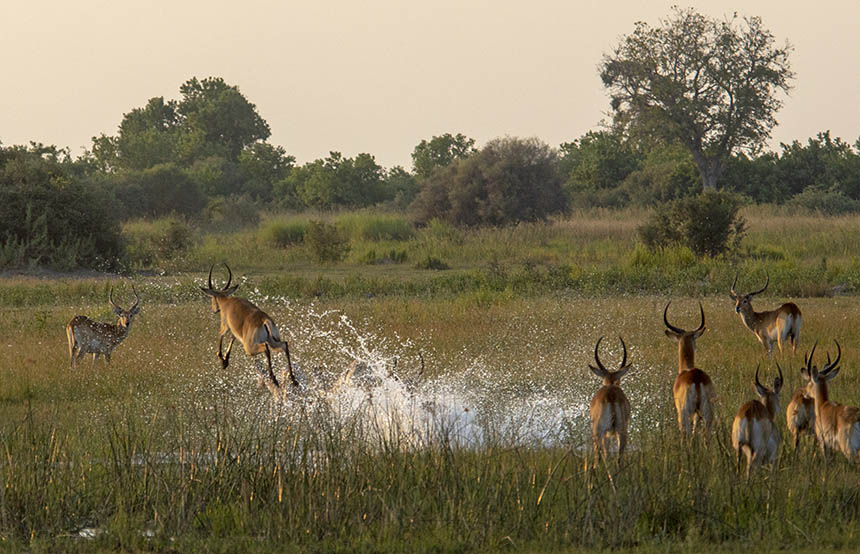
India
Of all the wetlands around the world, Sundarbans is probably the most elusive. A cluster of low-lying islands on India and Bangladesh’s Bengali coast, it rarely receives the same level of attention as Africa and Vietnam’s dynamic deltas. But it should. Home to the largest mangrove forest and population of Bengal tigers in the world, it isn’t surprising that, when translated, ‘Sundarbans’ means ‘beautiful forest’. While natural calamities such as cyclones and rising sea levels threaten to destroy its natural beauty, it is clear to anyone who visits that this ecological treasure’s beauty lies deep within its labyrinthine waterways. The wetland’s 300-plus animal and bird species (including the Gangetic dolphin, saltwater crocodile and tigers) are a key calling card, but the real wonder of the wetland is the people who fight to protect it by building fortifying structures and replanting mangroves. No wonder UNESCO snapped it up as a heritage site in 1987.
Practical advice and inspiration for your next trip
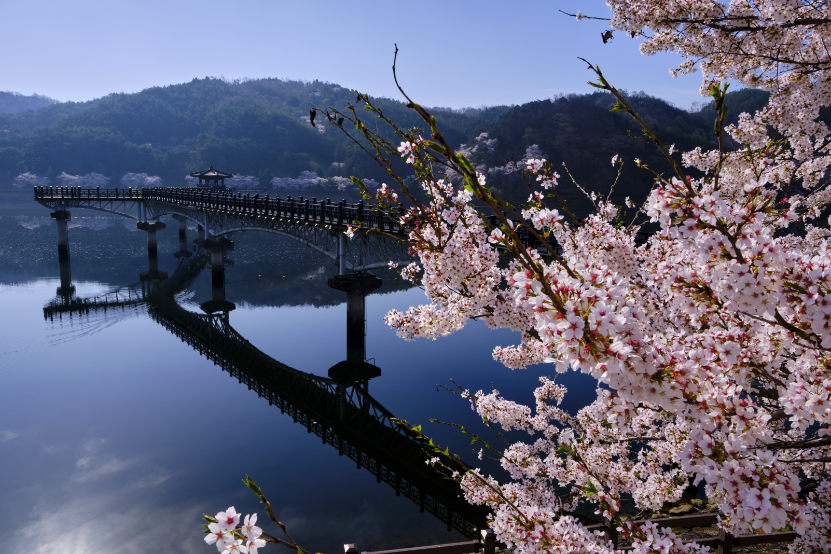
When you think of cherry blossom, we’d bet you picture Japan and its springtime Sakura. Now, we’re not denying that Sakura season is beautiful, but its reputation means it draws flocks of visitors, contributing to overtourism and disrupting local life. To combat this, we’re on a mission to shout about South Korea’s cherry blossom. Known locally as beotkkot, South Korea’s cherry trees bloom at a similar time to Japan’s and are just as breathtaking – without the pesky crowds (and skyrocketing costs).
20th October 2025 - South Korea The Natural World
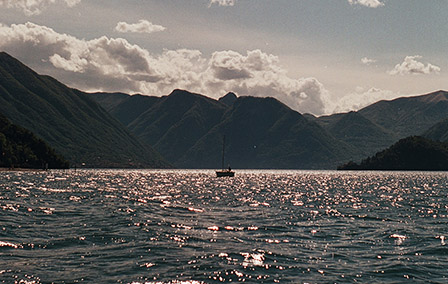
Since the beginning of time, humans have been drawn to lakes, whether it’s to appreciate their beauty or see first-hand the places where monsters such as Nessie (Scotland) and Ogopogo (Canada) are said to reside. Fortunately, we’re spoilt for choice, from Lake Como’s bluer-than-blue waters to Moraine Lake’s magnificent mountainous backdrop. Fancy a trip to one of the world’s best bodies of water? Read on for our shortlist of the most beautiful lakes in the world… Lake Como,
9th May 2025 - The Natural World
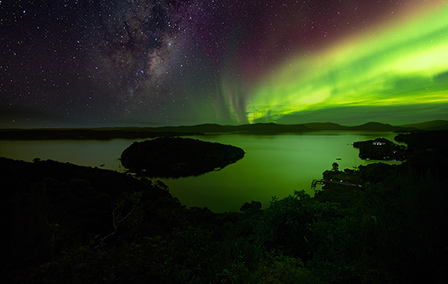
Is it always possible to see the Southern Lights? No. Is it worth trying? Without a shadow of a doubt. The Southern Lights (aurora australis) are notoriously more difficult to see than their northern counterparts, but that only makes the swirling rivers of greenish blue even more spectacular when you do catch a glimpse of them. The best time to see the aurora australis is during the Southern Hemisphere’s darker, cooler months – from March to September – when the skies are clearest and the nights are longest.
14th March 2025 - The Natural World

Our team of destination experts will get to know you and your unique requirements for your holiday

We work with you to build an ultra-personalised holiday itinerary with your choice of accommodation, experiences and activities

All of our holidays include little extras designed to make a big difference to your trip, from fast-tracking you through airport check-in and security to our network of local Concierges